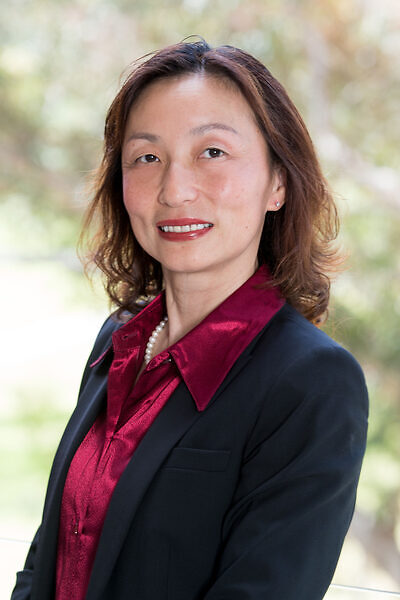Seminar by Dr.Quan ZHU "Applying Spatially-Resolved Single Cell Technologies to Study Human Health and Diseases"

Date
Location
Description
<Speaker>
Dr.Quan ZHU, Associate Director, Epigenomics Center at UCSD(University of California San Diego), USA
<Title>
Applying Spatially-Resolved Single Cell Technologies to Study Human Health and Diseases
<Abstract>
Over the past decade, a myriad of single-cell sequencing technologies have emerged aiming to catalog which genes are expressed in different cell types. However, these methods do not provide information on how the cells are arranged in their native environment. A new wave of imaging methods has emerged, collectively called Spatial Transcriptomics/Genomics, enabling simultaneous measurements of thousands of molecular components interacting within single cells in their native niche. This line of technologies was selected as the Method of the Year in 2020 indicating the excitement of the expected biological impact of this technology. One of these methods called Multiplex Error-Robust Fluorescence in-situ Hybridization (MERFISH) was first developed for quantifying the number of RNA transcripts within individual cells at the transcriptome scale. Due to the novelty of these methods, the commercialization of instruments and technical expertise has happened rapidly. At the Center for Epigenomics of the University of California, San Diego, we have successfully adopted these novel imaging techniques, including MERFISH and Chromatin Tracing since 2019. These technologies are changing the understanding of cellular composition and the role of cell types across many organs, such as the human brain, lung, and heart across multiple large-scale projects. Using the human developing heart as a model, we discovered that many of the cardiac cell types are further specified into subpopulations exclusive to specific communities, which support their specialization according to the cellular ecosystem and anatomical region. In particular, ventricular cardiomyocyte subpopulations displayed an unexpectedly complex laminar organization across the ventricular wall and formed, with other cell subpopulations, several cellular communities. Interrogating cell–cell interactions within these communities using in vivo conditional genetic mouse models and in vitro human pluripotent stem cell systems revealed multicellular signaling pathways that orchestrate the spatial organization of cardiac cell subpopulations during ventricular wall morphogenesis. These detailed findings into the cellular social interactions and specialization of cardiac cell types constructing and remodeling the human heart offer new insights into structural heart diseases and the engineering of complex multicellular tissues for human heart repair.
<Zoom Link>
https://oist.zoom.us/j/93270252767?pwd=yYQI5HuVjTsLaaJ65rbjTCT2Ldsm7N.1
Meeting ID: 932 7025 2767
Passcode: 018794
Subscribe to the OIST Calendar: Right-click to download, then open in your calendar application.



